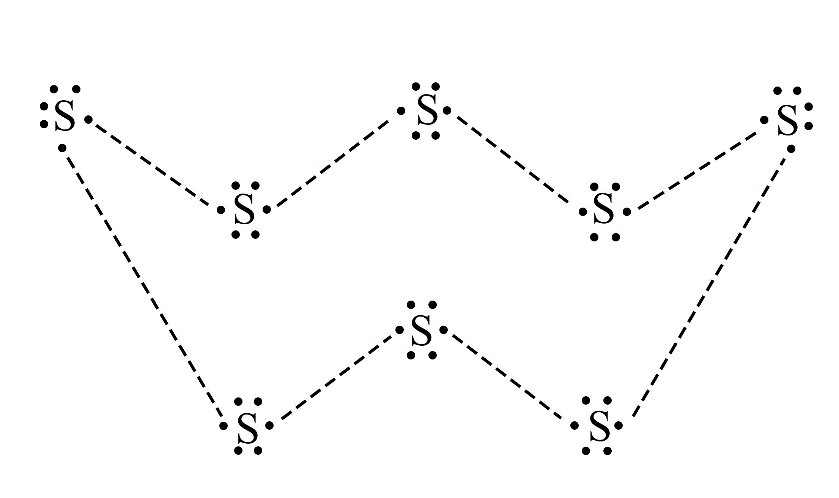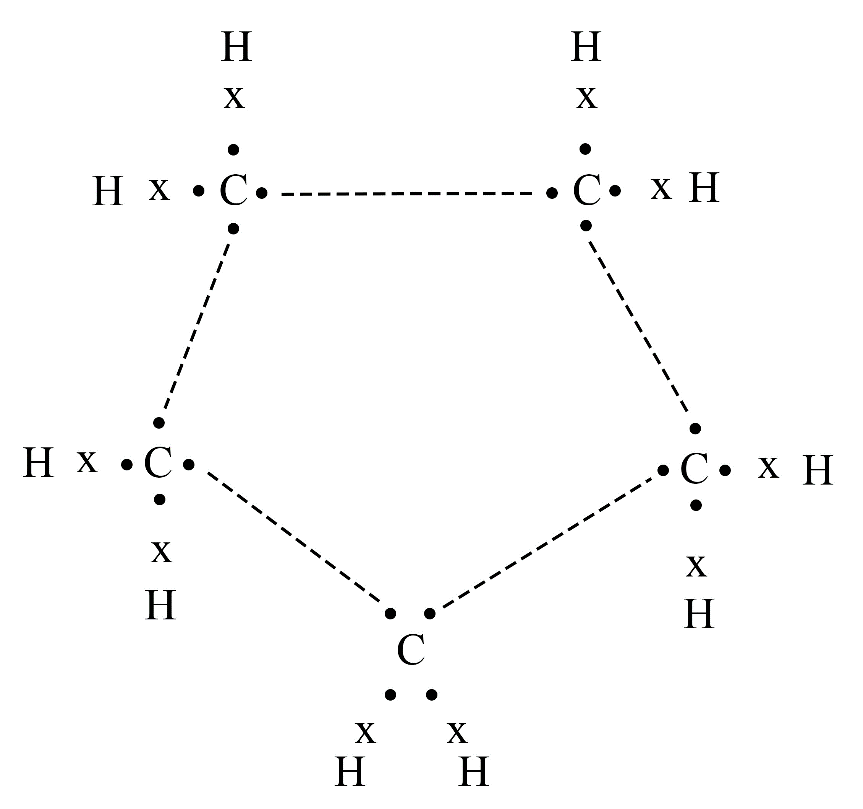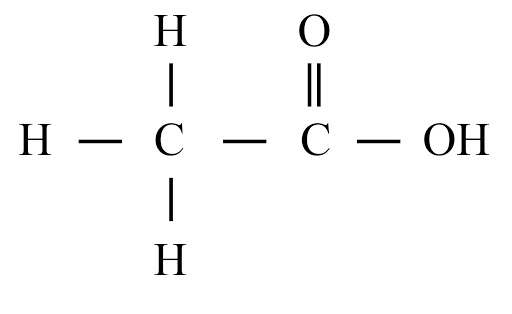NCERT Solutions for Class 10 Science Chapter 4 - Carbon and Its Compounds FREE PDF Download






NCERT Solutions for Class 10 Science Chapter 4 - Carbon and Its Compounds

 Share
Share























FAQs on NCERT Solutions for Class 10 Science Chapter 4 - Carbon and Its Compounds
1. What is the Significance of Carbon and its Compounds?
Carbon is a varied element having tetravalent arrangement and the characteristic of catenation. Carbon makes covalent bonds (double and triple bond) with atoms of oxygen, chlorine, hydrogen, nitrogen, sulphur, and also Carbon itself. The presence of four electrons on the valence shell of Carbon helps it share electrons between the atoms resulting in the development of covalent bonds to fill its peripheral shell. There are three kinds of carbon chains - branched, ring and straight. Compounds of Carbon such as ethanoic acid and ethanol are utilized in our daily lives as detergents and soaps. Carbon is also essential for fuel which in turn is a crucial natural resource.
2. What are the Topics Included in Chapter 4 Science Class 10?
In this chapter, we learn some exciting compounds and their properties. The chapter commences with the introduction, which is then accompanied by the covalent bonding of carbon compounds, the versatile nature of Carbon and the allotropes of carbon atoms. The knowledge of Carbon is of immense significance and is the critical content of this chapter. Later in the chapter, we get to understand saturated and unsaturated carbon compounds, the different types of structure, formula and nomenclature of carbon compounds. We also learn about the chemical properties of carbon compounds such as combustion, oxidation, and addition and substitution reaction. The chapter ends with the properties of essential carbon compounds.
3. List out the important topics present in Chapter 4 of NCERT Solutions for Class 10 Science.
The topics present in Chapter 4 of NCERT Solutions for Class 10 Science are as follows :
The Covalent Bond in Carbon
Allotropes of Carbon
The Versatile Nature of Carbon
Saturated and Unsaturated Carbons Compounds
Chains, Branches, and Rings
Friendly Nature of Carbon
Homologous Series
Nomenclature of Carbon Compounds
Chemical Properties of Carbon Compounds
Ethanol and Ethanoic Acid
Properties of Ethanol and Ethanoic Acid
Soap and Detergent.
4. How can I understand Class 10 Science Chapter 4?
You can understand Class 10 Science Chapter 4 Carbon and Its Compound by referring to NCERT Solutions Class 10 Science Chapter 4 on Vedantu. You can get the best explanations of the chapter including details on all important subtopics. The easy language will help you in grasping the concepts. All the exercises and in-text questions are also fully solved to give you a complete understanding of the chapter.
5. Do I need to practice all the questions present in the NCERT Solution Class 10 Science Chapter 4?
Yes, it is best to solve and practice all the questions under each section and sub-topic of the chapter in the NCERT Solutions Class 10 Science Chapter 4 on Vedantu. You never know which question is more important and which section will come in your exam, so you need to balance all topics and sub-topics equally. Do not waste time going for selective studies as this will not help you in completing your chapter fully.
6. Is Class 10 Science Chapter 4 easy for students?
Yes, Class 10 Science Chapter 4 is easy for those students who are not afraid of studying and practising chapters present in the NCERT textbook. You need to be confident about what you are studying and the best companion for your preparation is the NCERT Solutions Class 10 Science on Vedantu. These solutions will help you in getting a better understanding of this chapter in the easiest way possible. You can download the PDFs of these solutions from the Vedantu website or from the Vedantu app at free of cost.
7. How can I solve Class 10 Science Chapter 4?
You can solve Class 10 Science Chapter 4 by referring to the NCERT Solutions on Vedantu. By referring to the NCERT Solutions PDF, you have step-by-step solutions to each question in a detailed but comprehensive language. If you practice the NCERT Solutions for Class 10 Science Chapter 4, you will be fully prepared to answer any question from that chapter.
8. What are the rules of the IUPAC Nomenclature of carbon compounds in Carbon And Its Compounds Class 10?
The rules of IUPAC nomenclature for carbon compounds are as follows:
Identify the Longest Carbon Chain (Parent Chain):
Locate the longest continuous chain of carbon atoms in the molecule. This chain serves as the parent chain.
Numbering the Carbon Atoms:
Number the carbon atoms in the parent chain sequentially, starting from the end nearest to a substituent or functional group. The aim is to assign the lowest possible numbers to the substituents.
Naming Substituents (Branches):
Identify and name any substituent groups attached to the parent chain. Use prefixes such as methyl, ethyl, propyl, etc., to denote the substituents.
Locating Substituents:
Indicate the position of substituent groups by specifying the carbon atom to which they are attached. Use the numbered prefix before the substituent name to indicate the position.
Alphabetical Order:
When naming compounds with multiple substituents, arrange the substituent names alphabetically. Prefixes such as di-, tri-, tetra-, etc., indicating multiple substituents, are not considered for alphabetical ordering.
Naming Functional Groups:
If the compound contains functional groups, prioritize them over alkyl substituents in naming. Functional groups are named using specific suffixes or prefixes according to their priority in the IUPAC system.
Indicating Multiplicity of Bonds:
Differentiate between single, double, or triple bonds in the parent chain by using appropriate suffixes (-ane for single bonds, -ene for double bonds, -yne for triple bonds).
Use of Hyphens and Commas:
Hyphens are used to separate numbers from letters, and commas are used to separate numbers. For example, 2,4-dimethylhexane indicates methyl groups at the 2nd and 4th carbon atoms of a hexane chain.


 Watch Video
Watch Video






CH3.png)











